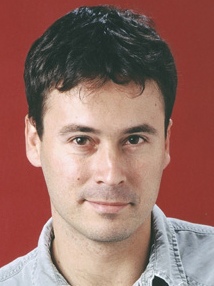BibTex format
@article{Barrow:2019:10.1103/PhysRevD.99.023509,
author = {Barrow, JD and Magueijo, J},
doi = {10.1103/PhysRevD.99.023509},
journal = {Physical Review D},
title = {Do we live in an eigenstate of the fundamental constants operators?},
url = {http://dx.doi.org/10.1103/PhysRevD.99.023509},
volume = {99},
year = {2019}
}

